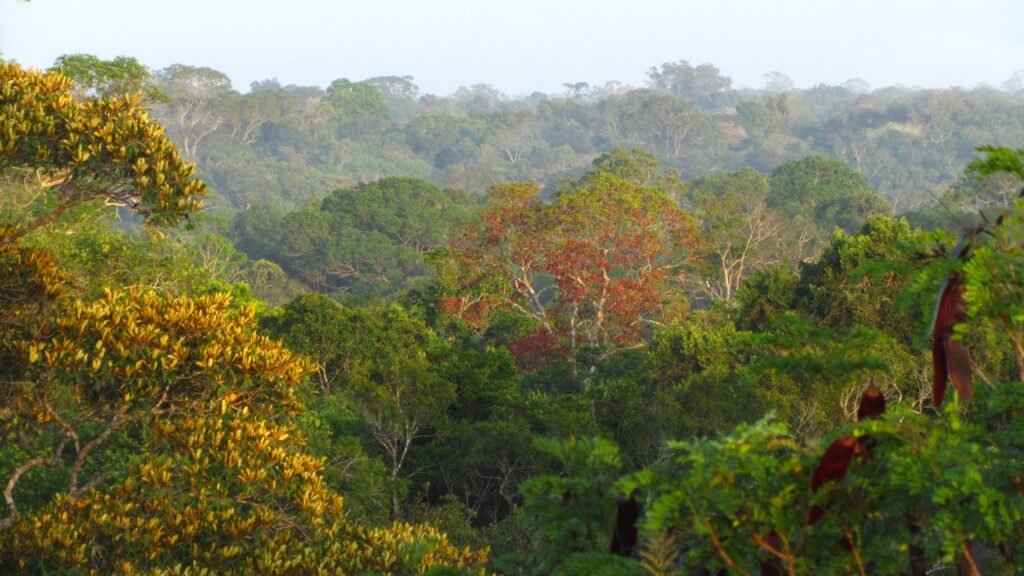Cristina Nabais and Ana Carvalho, from the Center for Functional Ecology at the University of Coimbra (UC), participated in an international study that found that trunk growth of tropical trees is lower in years when the dry season is more intense and warmer than the dry season. normal.
Led by researchers from Wageningen University (Netherlands), State University of Campinas – UNICAMP (Brazil) and University of Arizona (USA), and just published in the journal Nature Geoscience, of the Nature group, this study was based on a new network global growth ring, including more than 14 annual tree growth data series from 350 locations in the tropics.
The scientists noted that “the impact of warmer, or arid years, is more intense in the driest, or warmest, regions. These results suggest that climate change may increase the sensitivity of tropical trees to climate fluctuations”.
For a long time, the study authors explain, ecologists “assumed that tropical trees did not produce growth rings due to the lack of cold winters in the tropics. In recent decades, however, the formation of growth rings has already been proven for hundreds of species of tropical trees.”
According to co-author Peter Groenendijk of UNICAMP, “Growth rings contain a wealth of information about the growth history of trees. In this study, we explored this potential. For the first time, we have a Pantropical overview of how tropical tree growth reacts to climate fluctuations.”
The results of this study, which was an international collaborative effort, to which 100 authors contributed growth ring data sampled from 30 tropical and subtropical countries, help to understand the wide fluctuations in carbon uptake by tropical vegetation worldwide.
Cristina Nabais, professor at the Department of Life Sciences of the Faculty of Sciences and Technology of the University of Coimbra (FCTUC) and co-author of the study, stresses that «it is important to continue the sampling effort in tropical regions, expanding the geographic coverage of the series of rings of growth. In this sense, the dendrochronology laboratory of the Center for Functional Ecology at UC wants to continue to contribute to a better understanding of the growth dynamics of trees in tropical regions».
The authors were surprised to find that weather during the dry season had a stronger effect on tree growth than weather during the wet season. One possible explanation is that water is available longer during years with wetter dry seasons, or with milder temperatures. That is, the growing season is longer, which leads to greater tree growth.
Also according to the authors of the study, the results obtained fill an important gap in the growth rings data. Therefore, tree growth data from more than 100 study locations have now been made available in the international growth rings database, International Tree-ring Databank (ITRDB). Thus, the information will be freely available to everyone.
Considering global warming, the temperature at the study sites is expected to increase by 0,5 degrees every decade in the future. The authors expect that “warmer and arid dry seasons will have a negative effect on the growth of tropical trees. If slower growth increases the likelihood of tree mortality, tropical vegetation may more often become a source of CO2 rather than a sink of this greenhouse gas.”
The scientific article, entitled “Tropical tree growth driven by dry-season climate variability”, is available here.
Author: Cristina Pinto – Press Office – University of Coimbra – Science Communication





















Comments